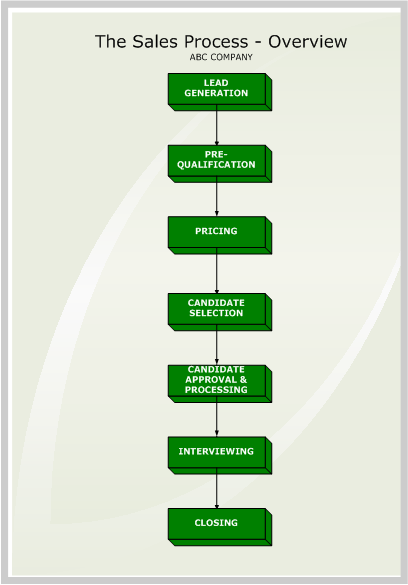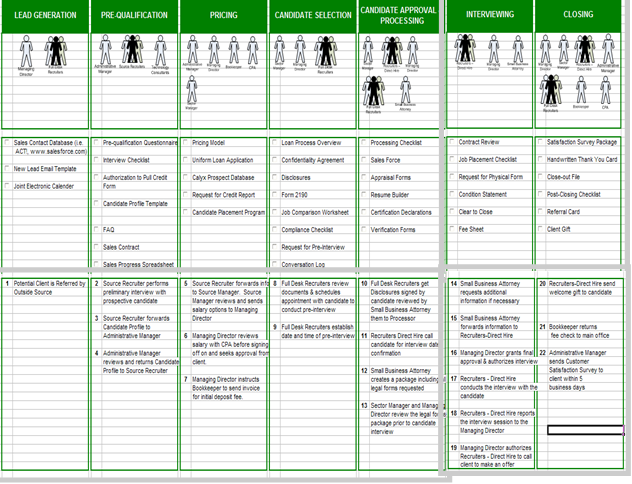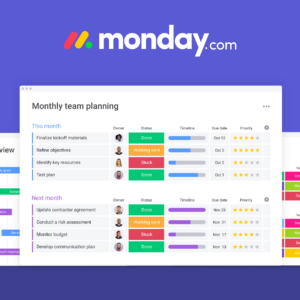Background
How does this work? What is the next step? As an entrepreneur or small business owner, are you tired of habitually answering the same questions about your service offering? What if you had a place to refer potential customers where they can not only view frequently asked questions, but they can also see a high level overview describing how your company delivers its service(s)?
Describing what you do and how you do it is commonly known as your company’s Service Delivery Process. At Equilibria, we specifically refer to this as the Service Delivery Blueprint. It is yet another step in creating the business infrastructure that will serve as the foundation for daily operational support.
Value of the Service Delivery Process
By documenting and sharing how your company delivers its core services, you can:
- increase the bid to awarded project ratio,
- build credibility via a consistent, quality customer experience,
- encourage open communication with your customers as well as your staff, and
- discover opportunities to automate the way your company delivers its services.
What It Looks Like (For Illustrative Purposes Only)
There are three ways we typically create a Service Delivery Blueprint. One of which is in the form of a MS Excel spreadsheet (as shown in the illustration below). The spreadsheet consists of a grid comprising the service delivery stages and the staff, tools and process steps for each stage. It is important to note that this “blueprint” is an internal document that should only be shared amongst management and staff and NOT distributed to customers.
The first row showcases the stages of your company’s core department (as previously identified during your Organizational Chart exercise). The second row displays the staff needed to execute the steps assigned to each stage. The third row lists the tools needed to perform the steps assigned to each stage. Finally, the last row summarizes the steps involved in each stage of the overall Service Delivery Process. The Service Delivery Process can also be formatted as a diagram, flowchart, or word document.
Setup Steps
- Document the current state (“as-is”) Service Delivery Process. That is, document every single step from beginning to end for delivering a service to the end-user based on the way things are currently run at your company. This might include the moment a customer expresses an interest in your service to the actual point of final delivery. Use MS Word or any other word processing software to type out these steps in sequential order.
- Segment the current state Service Delivery Process into stages. Now that you have a list of
 all steps necessary to deliver your service, you can divide those steps into stages or sections. In the illustration to the right, a real estate mortgage company identified a total of 89 steps to process a loan for its customers. We then divided those 89 steps into 7 stages. The purpose for segmenting the steps into stages is two-fold: 1) these are the stages that can be used to communicate your service delivery process externally to your customer (whether it be via your website or other printed sales collateral) and 2) these stages are entered into the first row of the Service Delivery spreadsheet which serves as an internal document to share with your staff (see the next step).
all steps necessary to deliver your service, you can divide those steps into stages or sections. In the illustration to the right, a real estate mortgage company identified a total of 89 steps to process a loan for its customers. We then divided those 89 steps into 7 stages. The purpose for segmenting the steps into stages is two-fold: 1) these are the stages that can be used to communicate your service delivery process externally to your customer (whether it be via your website or other printed sales collateral) and 2) these stages are entered into the first row of the Service Delivery spreadsheet which serves as an internal document to share with your staff (see the next step). - Create a Service Delivery spreadsheet. Open a new MS Excel spreadsheet. Format it according to the description earlier in this article with columns and rows that will accommodate the information you will later type in. More than likely you will have to format the page to fit and print onto legal sized paper (8.5″x14″) or even tabloid (11″x17″). Click here for tutorials on formatting a MS Excel spreadsheet to fit your data onto a single or a few pages. Tips and tricks for formatting depend largely on the version of MS Excel you are using.
- Assign staff to each stage. Reference the resources identified in the Job Task Analysis and
 Organizational Chart exercises to determine whose work belongs to a certain stage in the overall service delivery. You can either type out the name of the role/resource or use an icon or clip art and type the name of the name of the role under the icon in the second row of the spreadsheet.
Organizational Chart exercises to determine whose work belongs to a certain stage in the overall service delivery. You can either type out the name of the role/resource or use an icon or clip art and type the name of the name of the role under the icon in the second row of the spreadsheet. - List all operational tools per stage. This includes a listing of all software, templates, checklists, forms, books, equipment, etc. that is used in the course of performing the steps identified for each stage. Don’t forget to check the tools cited in your paper records and electronic records management policies as well. Type each of these tools into the third row of the spreadsheet.
- Summarize the process steps for each stage in delivering the core service. Reference the current state document you wrote in step #1 and summarize the steps into short, brief sentences. Include each summarized step on a separate line in the fourth row of the spreadsheet. Now you should have a completed Service Delivery Process in both a word processing format (see step #1) as well as a tabular format (MS Excel spreadsheet). Share both formats with your staff to validate the accuracy of the information contained in each.
- Assign business metrics per stage and streamline where applicable. Once you have made all adjustments to the “as-is” Service Delivery Process, determine opportunities to add measurements so that the process can be monitored for improvement. The mortgage company (referenced above) wanted to be able to process loans within a certain time period. This would become their unique selling proposition but in order to accomplish that, they had to start measuring the length of time needed to complete each stage of their service delivery. This led them to investing in more staff training as well as software to cut down on the amount of time needed to process certain paperwork.
Case Study
Why This Matters
With change being the only constant in today’s competitive and information-saturated environment, having a loyal staff base is just as important as having a loyal customer base. Customers want a predictable and quality experience with your company.
Similarly, your staff craves order and consistency in task allocation and job performance expectations. By taking the time to document your company’s Service Delivery Process and linking it to your company’s job descriptions and organizational chart, you can ensure loyalty through a well-linked supply chain that communicates value to customers and staff.












